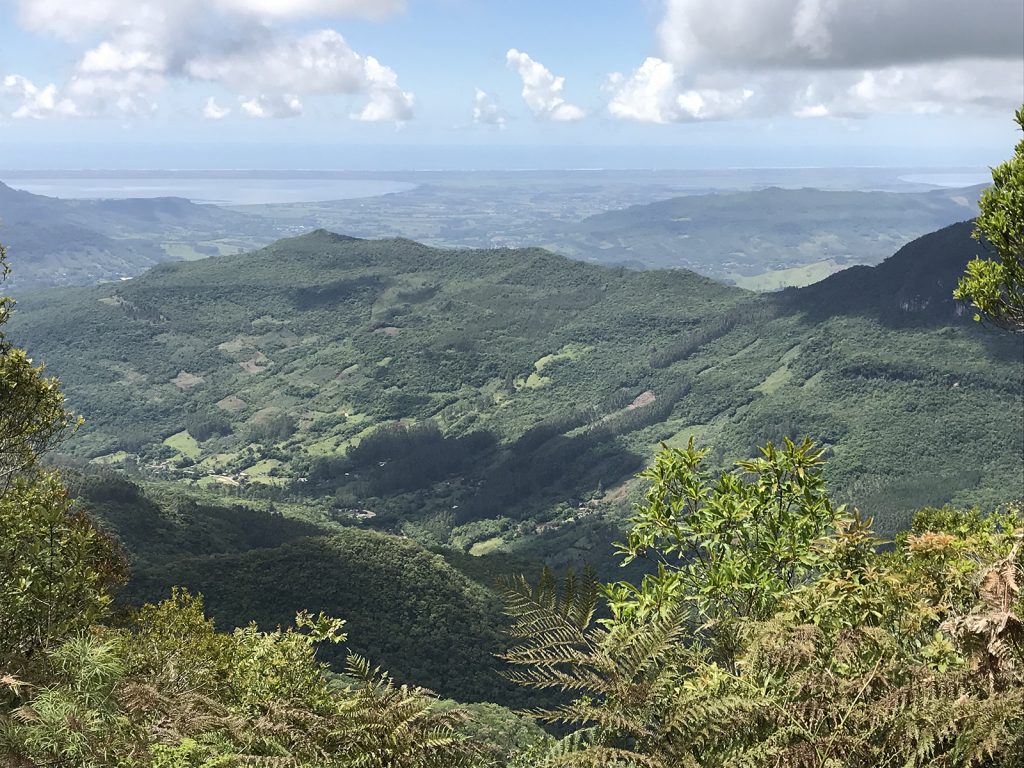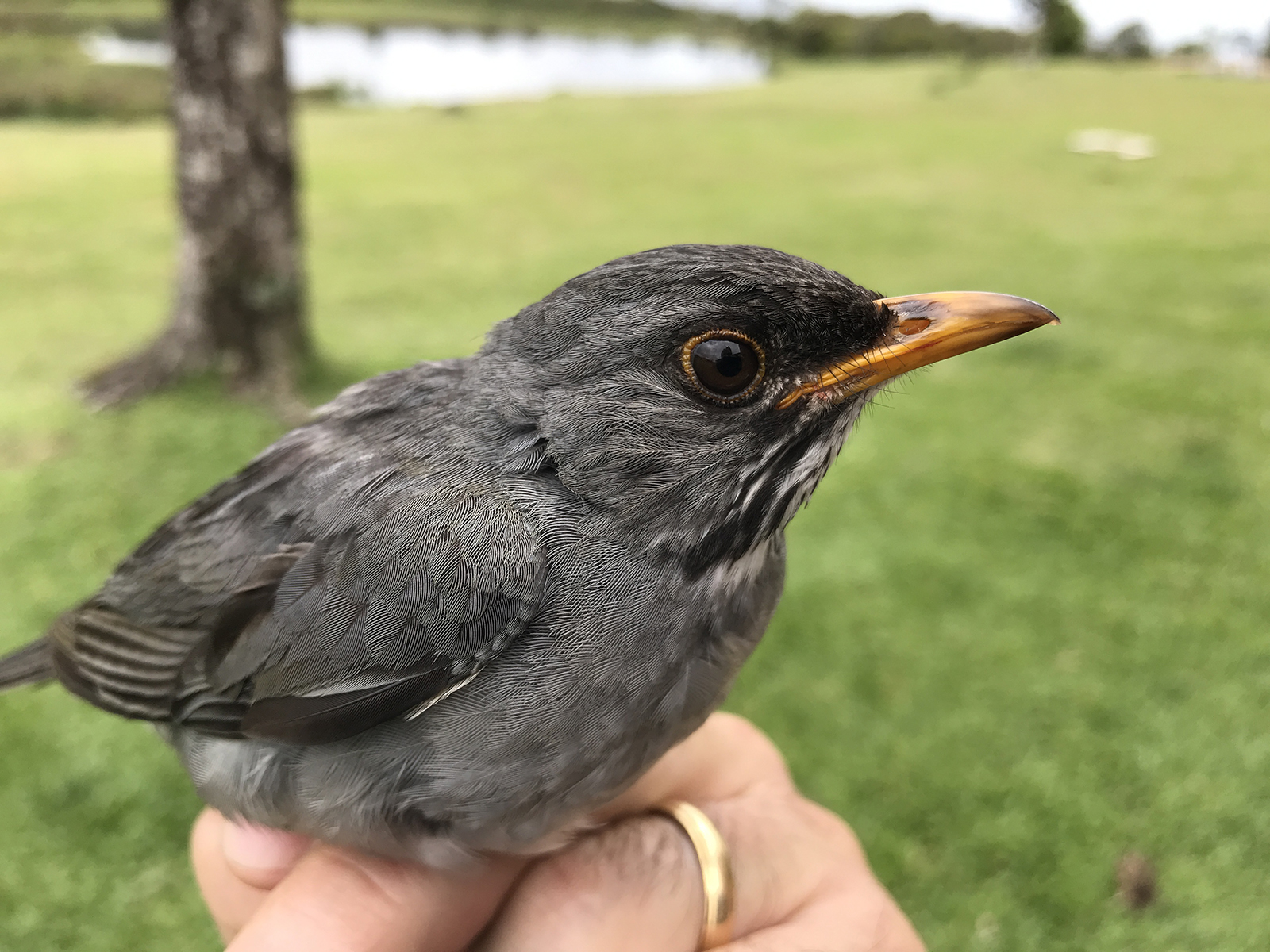by Natália Stefanini
Linked paper: Future climate change will impact the size and location of breeding and wintering areas of migratory thrushes in South America by Natália Stefanini Da Silveira, Maurício Humberto Vancine, Alex E. Jahn, Marco Aurélio Pizo, and Thadeu Sobral-Souza, Ornithological Applications
The answer to the question of how migratory birds in South America will adapt to future climate change remains uncertain, in part because migratory songbirds that breed in the southern hemisphere are not as well studied as their northern-hemisphere counterparts. It is becoming apparent that the way species are responding to rapid environmental change is highly variable and can be dependent on a suite of extrinsic and intrinsic factors. What we can expect to happen with intra-tropical migrants and austral migrants—which breed and migrate in the southern hemisphere—is still poorly understood. The relatively few existing studies on bird migration in the southern hemisphere have been hampered by the logistical difficulty associated with large-scale tracking of organisms; however, emerging technologies and methods are making detailed research on less well-known migration systems more feasible.
We evaluated the potential impact of climate change in the breeding and wintering areas of three migratory Turdus thrushes in South America: Andean Slaty Thrush (Turdus nigriceps), Eastern Slaty Thrush (Turdus subalaris), and Yellow-legged Thrush (Turdus flavipes). The Turdidae bird family we studied is widely known to be a generalist and cosmopolitan. We associated occurrence data collected by community scientists and museums with data from climate models to generate models for future breeding and wintering areas, and obtained interesting answers.
We found that all three species—Andean Slaty Thrush (which migrates latitudinally in the Andes Mountains); Eastern Slaty Thrush (which migrates latitudinally in the Atlantic Rainforest); and Yellow-Legged Thrush (which migrates altitudinally in the Atlantic Rainforest)—face major future reductions in the size of their breeding areas. Eastern Slaty Thrush is also predicted to experience a large decrease in the size of its wintering area. Higher elevations will be climatically more suitable for all three species and Yellow-Legged Thrush will likely have overlapping wintering and breeding areas, which will be climatically similar.

Our results are some of the first to model how future climate change may affect migratory songbirds in South America throughout the year and suggest that even closely related migratory birds in South America will be affected in different ways, depending on the regions where they breed and overwinter.
In face of the rapid climatic changes, we can expect an impact on a wide variety of species, with some being more affected than others. In addition to climate change, these birds will have to adapt to environmental changes at finer scales, such as changes in natural landscapes due to human impact. Considering variations in fine-scale landscape scenarios, future studies should contribute to a detailed understanding of the effects of future climate change and associated biotic and abiotic changes on migratory bird species. How habitat and diet specialist species will be affected by climate change is still an open question. We hope this study will inspire further research on the ecology and conservation of migratory birds in South America.
